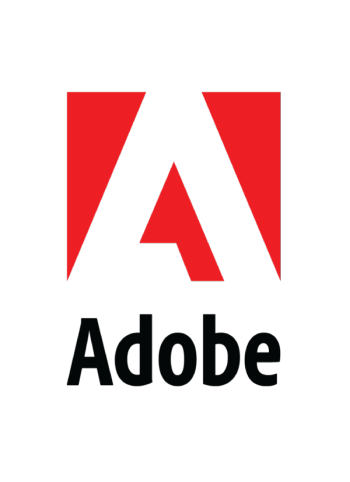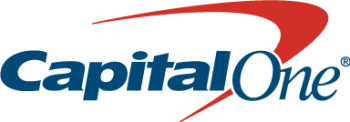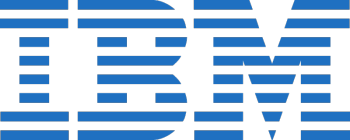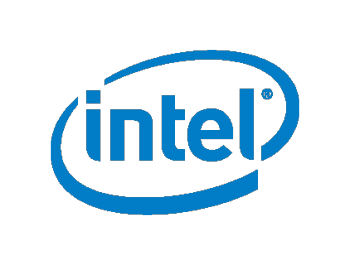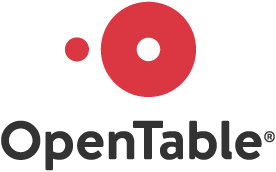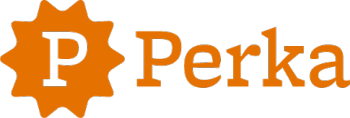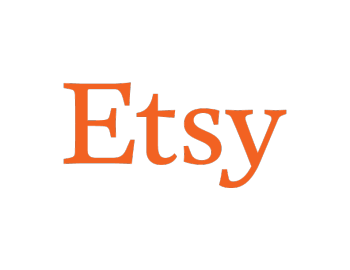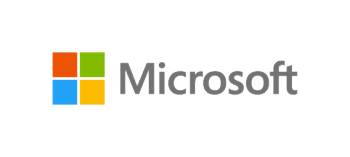Creativity is the key to addressing ill-formed business threats, for putting shape around poorly defined market opportunities. A creative organization is ready to handle the innovation challenges of greenfield markets, to take on the reimaging challenges of shrinking market share, and to best the misalignment challenges introduced by running fast and loose. But bringing creativity into your company feels like adding to the mess, not fixing it. Creative processes feel wild and unpredictable – and so do the people doing the creative work. We hire creative talent, but we don’t have a lot of well-formed frameworks for managing them or their work.
Design thinking offered us a starting point, as it gave us tools like empathy to help drive innovation. Lean and the lean business canvas tells us to run really fast and pivot left and right and left and right. But many of us have started realizing the limitations of design thinking and lean, because after doing a lot of thinking and pivoting, we still have to do a lot of doing. We don’t have the skills to bring the mess into focus.
Creative clarity is about four main things. First, it’s about having a vision and choreographing a creative strategy – envisioning a crisp future even among the blurry business landscape. Next, it’s about growing a team that includes those creative unpredictable outcasts, and giving them the space to produce amazing work. Third, planning the work takes process, but not a process characterized by boring stage gates or stale gantt charts. It’s an iterative process of conflict, resolution, and trust. Finally, it’s about actually delivering creative new products and services that bring everything into focus.
Location
Metropolitan Pavilion
125 W. 18th Street, New York, NY 10011
Speaker(s)


